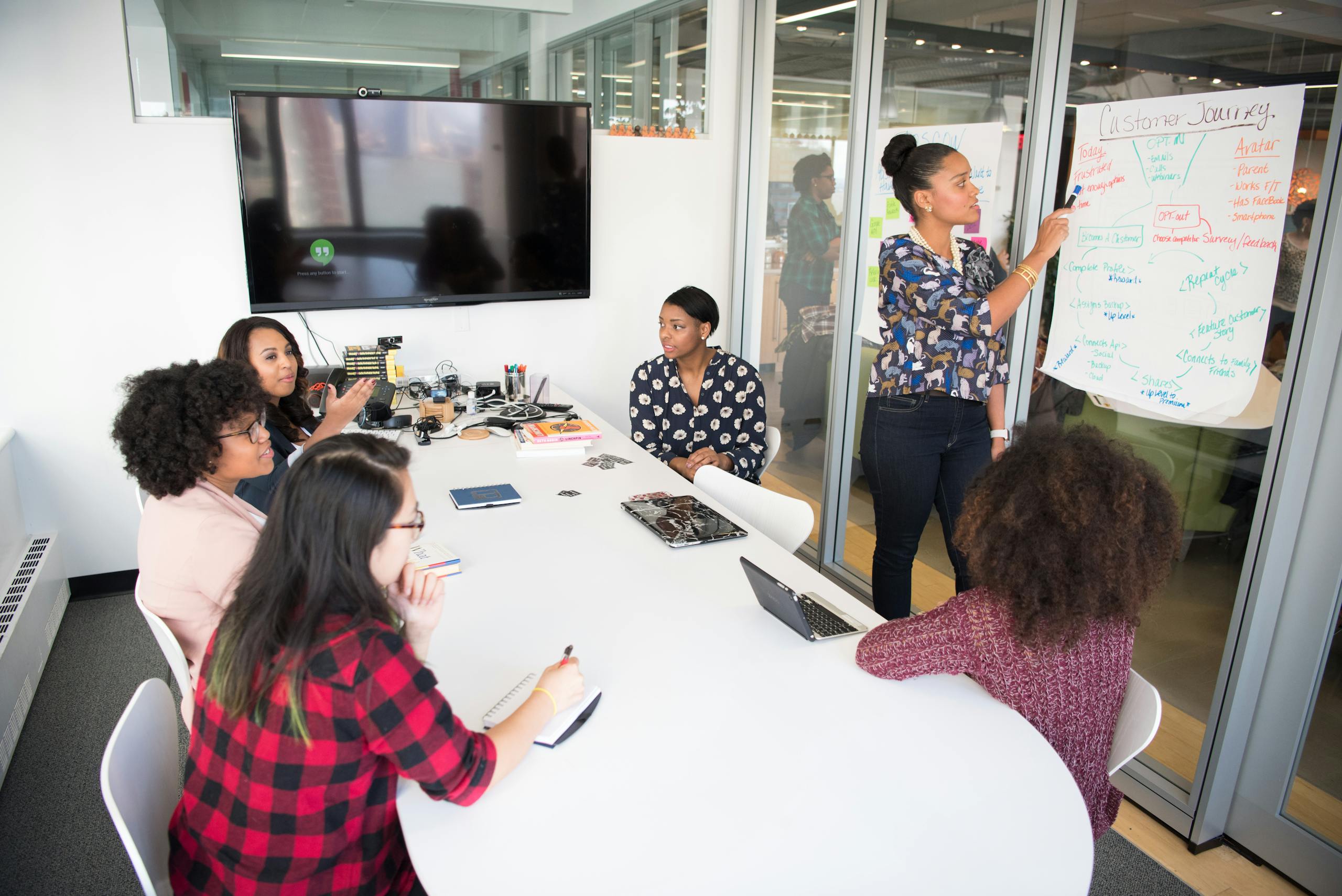How We Vet Startup Ideas in the Studio — And When We Kill Them

If we built every idea we came up with, we’d be buried in half-finished platforms and wasted dev hours.
At Foundric, idea generation is easy. What matters is how we filter them.
We treat every concept like a candidate applying for limited resources. It needs to earn its way in.
Here’s what we ask before we commit:
Does it scratch a real itch? We don’t chase trends — we chase tension. What pain does this solve? Who’s feeling it? And are they already duct-taping a workaround that proves demand?
Does it fit our wheelhouse? Not every great idea is our idea. We evaluate whether it aligns with our media, software, or automation strengths. If we’re not the best team to build it, we don’t force it.
Is it repeatable, scalable, or systemizable? We look for ideas that can become products or platforms — not just one-offs. If it can’t evolve beyond its first use case, we’re likely out.
Will it still make sense in 2 years? Some ideas feel exciting today but age fast. We gut-check whether the problem will still matter once we’ve built and shipped. Urgency without staying power is a red flag.
Does it get sharper as we talk about it? The best ideas refine themselves in conversation. If we keep circling back with better angles and simpler framing, it’s usually a good sign. If it gets more confusing, it’s probably not the one.
When do we kill it?
- If we can’t write a one-sentence value prop that feels sticky
- If early users give us polite feedback instead of emotional responses
- If we feel ourselves justifying it too much
We don’t consider those failures — we consider them decisions. Focus is a choice. And killing ideas is part of building a studio that actually ships.






